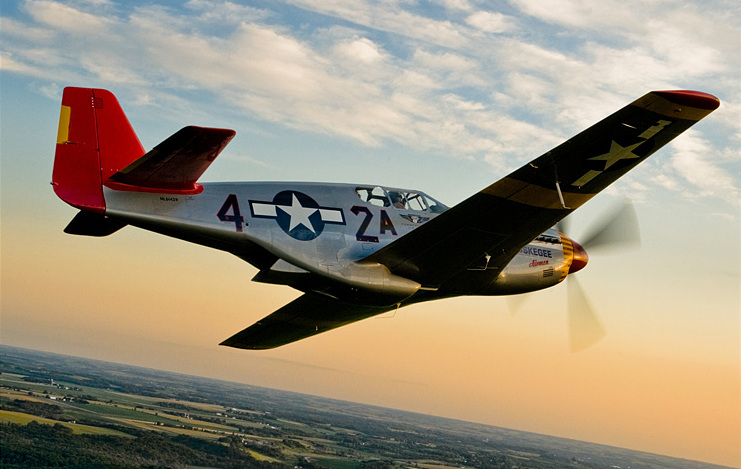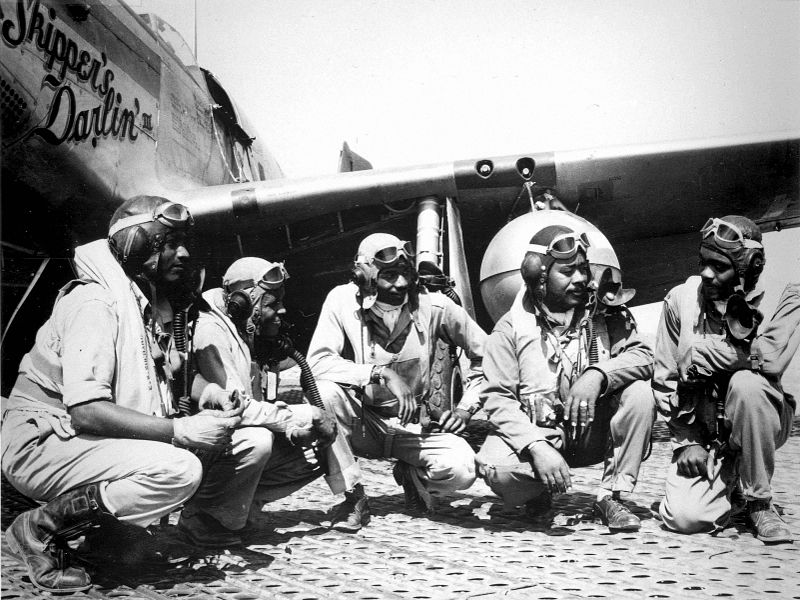The Tuskegee Airmen were a group of Black American pilots and support personnel who served in the United States Army Air Forces (the direct predecessor to today’s U.S. Air Force) during World War II. The Tuskegee Airmen pilots flew various planes, but they are most closely associated with the P-51 Mustang.

The P-51 Mustang was a long-range fighter plane that was instrumental in helping the Allies win World War II. It was fast, maneuverable, and had excellent range, making it a valuable asset in bot-to-air combat and ground attacks. The Tuskegee Airmen flew the P-51 Mustang during their missions in Europe, where they provided escorts for bombers and engaged in air-to-air combat with German planes.
In addition to the P-51 Mustang, the Tuskegee Airmen also flew other planes during their training and service, including the AT-6 Texan, the P-39 Airacobra, and the P-47 Thunderbolt. The AT-6 Texan was a trainer plane that was used to teach the pilots how to fly, while the P-39 Airacobra and the P-47 Thunderbolt were both fighter planes that were used in combat.

Despite facing discrimination and racism, the Tuskegee Airmen proved themselves to be skilled and courageous pilots who played a crucial role in the war effort. They were awarded numerous honors and decorations for their service, including the Presidential Unit Citation and the Congressional Gold Medal.

